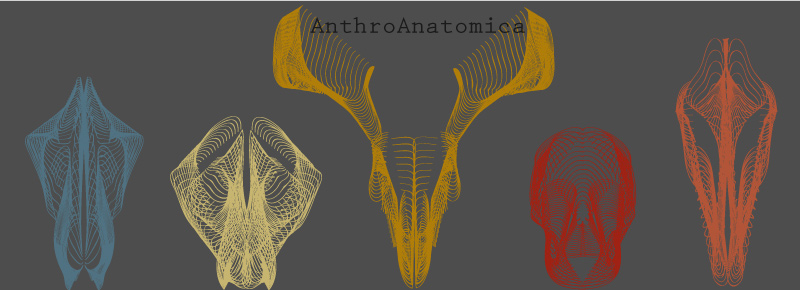Following from the previous post... now that I know to turn Google image enhance off so that it stops turning all my images black...
 |
| Unguligrade legs on the left and digitigrade on the right. |
Another way to think about the tapering limb as it becomes more distal is to think about 'muscular bulk', 'taper' and 'tendon'. We have the main muscle bulk at the origin of the limb, the muscle tapers down towards the tendon and finally terminates as just tendon onto the bone. This can be applied to any individual muscle of a limb (fig. 2) or also to the limb as a whole (fig. 1). Drawing a limb with this in mind ensures it stays in proportion.
The proportions of the limb are indicated by the measuring arrows. The set of legs on the left have a shorter thigh in proportion to the more distal, (further from the body) part of the limb; this limb configuration would offer the character the ability to run faster. As I touched on this in a previous post, a longer distal portion of the limb offers a greater stride distance and holds more elastic strain energy, quickening the limbs movement. The legs of the digitigrade on the right have a proportion of thigh to lower leg almost 1:1, similar to us as plantigrades. This would offer more limb stability rather than speed with the joints being less prone to stresses or twisting.
One thing to note is that the stability and speed configurations can apply to both digitigrades and unguligrades; it would simply be species and character dependent.

